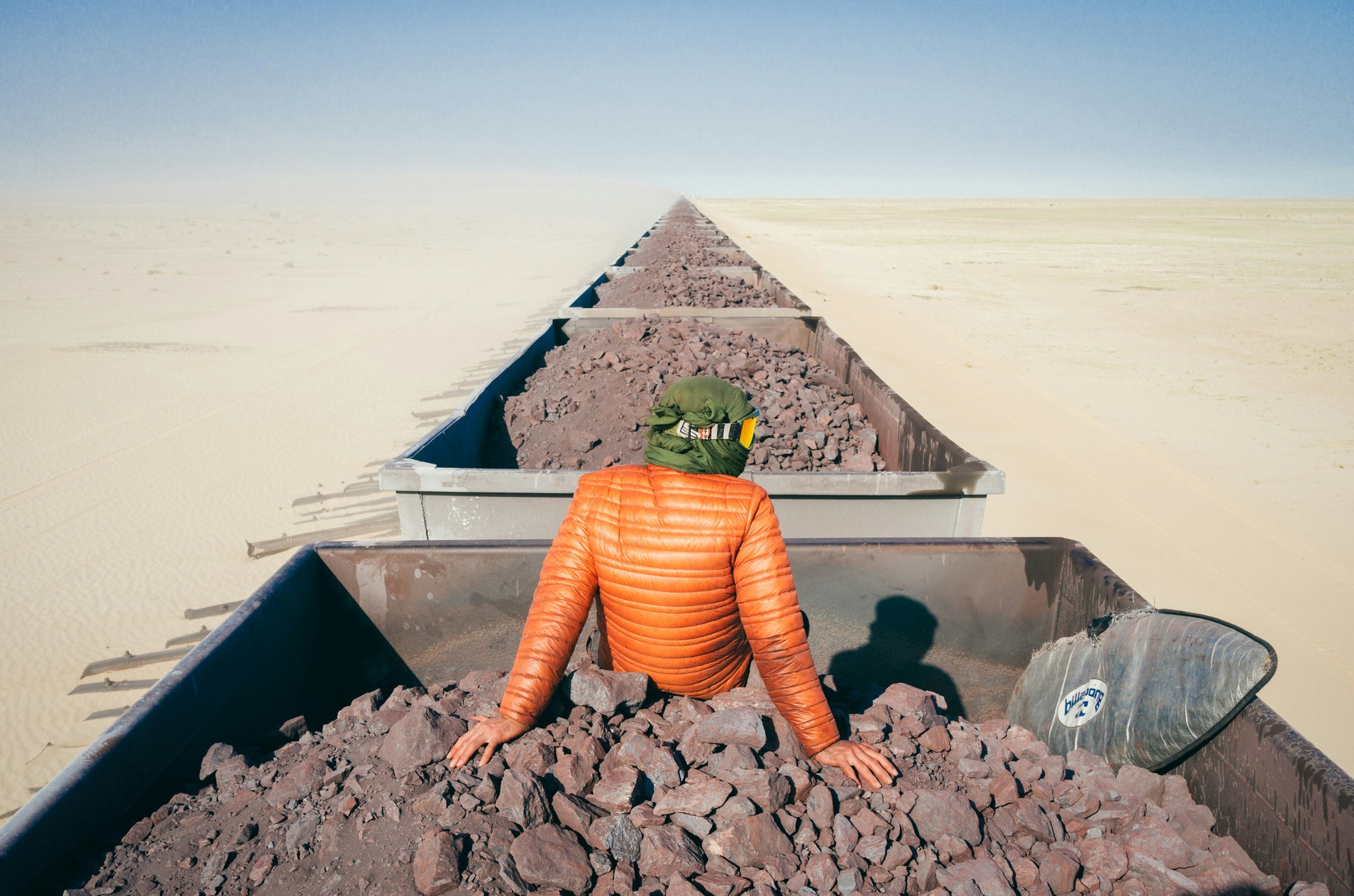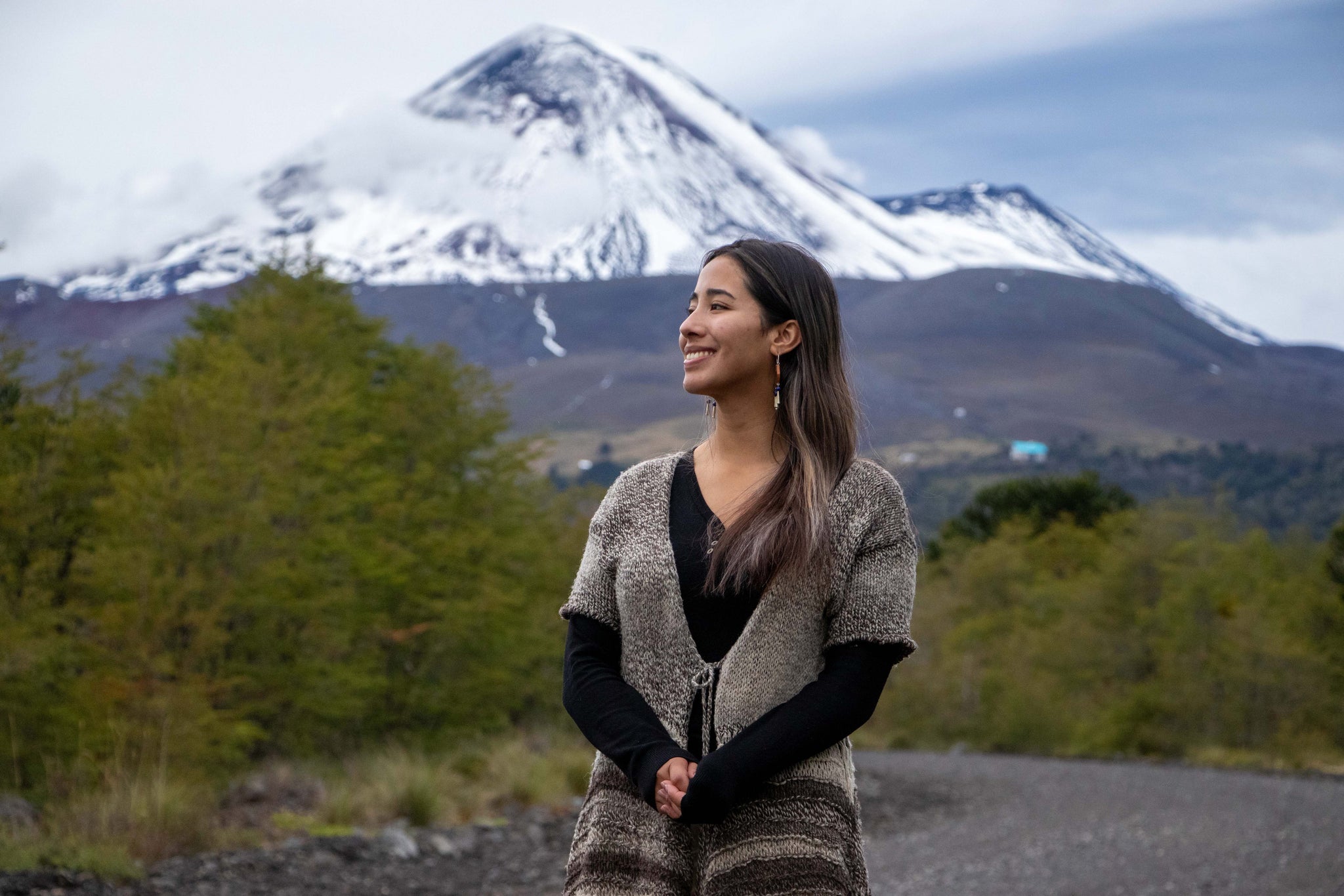
12/2020 Escape travel
Connected by a beautiful ring of light, traversing the fields of ice that form the majestic wilderness of Greenland is an experience like no other. Hard to reach, with an almost prehistoric terrain, and a climate that feels imagined for a novel—there is something both daring and challenging about the world's largest island. But it poses a uniqueness, something strangely difficult to find in a world of global travel and instant messaging.
During the dim wintry months, these vast plains are stacked with three to five meters of snow. Not many people travel to these immense ice masses in January, even fewer to cycle across. But that is what Tobias Woggon and Philip Ruopp settled upon for their next adventure. In Nordic Cycle, Woggon explains that not many people who took their tour had experienced biking at minus 30 degrees. "I consulted our friend Max," he explains, "who had been riding his bike in Lapland, Finland the year before and was already experienced with the necessary technology and knew how to handle the cold."


The Arctic Circle Trail is best experienced between January to February. The 104 miles (167km) journey takes place on the southwestern tip of Greenland, in the region between Ilulissat, Sisimiut, Kangarlussuaq, and Nuuk. (Photos: Philip Ruopp, Nordic Cycle)
The first piece of advice he gave was: “Try to take as few hydraulic parts on your bike as possible. The cold is not a big problem for humans as long as you keep moving, but for the bike it is hell. The suspension will not work at all as nothing moves in the cold. The hydraulic seat post and the brakes can lead to even bigger problems. If the oil isn't able to withstand low temperatures, the seat post, in particular, will no longer work.”
Greenland is a grueling task for any explorer, everything moves at a snail pace. Patience is a virtue in a country where you need to bypass dome glaciers that can rise to almost 3,000 meters (9,842 ft). To start biking, they had to travel by boat to somewhere more suited for two wheels. During transit, they'd often be maneuvering around small icebergs and over plates of frozen seawater which break under the hull of the boat with loud cracking and creaking noises. There were moments where you question it all, why they were doing it, whether or not they should continue, and ultimately what brought them there. But then there are the mental epiphanies of being in a niveous haze, a sudden realization of the Arctic Circle and Northern Lights in the evening.
Making up roughly 10% of the world’s total freshwater resources, Greenland's frigid waters are as important to the climate as the Amazon. Due to an immense load of ice sheets, the glaciers are moving toward the coast, causing huge chunks to break off the ice mass and plunge into the North Atlantic, where they drift into the open sea as enormous icebergs. They can reach a height of 215 meters (705 ft) above the water level, but 90% of their volume is always below the water surface. Its openness and temperamental ice sheets make it hard to navigate by car, which is why biking is becoming a growing phenomenon if you can handle the chill.


Bike clothing for extreme conditions. To prevent frostbite, the skin must be completely covered. (Photos: Philip Ruopp, Nordic Cycle)
Woggon says the length of the daily stages is determined by the distance to the next shelter cabin. The first day is the longest. It is about 37 miles (60km), with the last 12 miles (20km) over a frozen lake. This 104 miles (167km) expedition to the end of the bike world, otherwise known as the 'Arctic Circle Trail' takes five days on average to complete. Despite the challenges one faces, all the efforts become apparent when the Northern Lights appear in the evening. Woggan explains this moment in Nordic Cycle:
"When the sun rises, everything is covered into a warm light and the icy landscape is colored into red, violet, and orange tones. As the sun rises very late in the day, we can sleep in and have breakfast before heading to the next stage. The closer we get to the coast, the steeper, and higher the mountains around us become. Again and again, we cross lakes and rivers and find that where the snow has been blown by the wind, we simply cannot get through with our bikes. Nothing helps and we have to load the bikes onto the snowmobiles."


The tour on the Arctic Circle Trail is dominated by a single color. All the more impressive is the magical play of colors shown by the northern lights in the evening. (Photos: Philip Ruopp, Nordic Cycle)
"In the following days, we make good progress, especially on the frozen lakes. When we reach the hut where we will spend our last night on the Arctic Circle Trail, we are all somewhat moved. Firstly, because this wonderful trip comes to an end in a country that can be so rough and hostile, but at the same time, so beautiful and cozy. Secondly, because the last accommodations are the nicest of the entire trip. The little red hut is on a hill on the bank of a frozen and snowy lake. White smoke is already rising from the chimney because Bo (their trail assistant) has gone ahead and has lit the stove. On the other side of the lake, the sun is setting through an elongated valley and bathing the white surroundings in a golden pink light. After a while, it disappears behind the horizon and releases us into the cold of the dark polar night."
Discover the stunning landscapes of Europe by bike, free from society and under the stars. Nordic Cycle in available in German and English.















